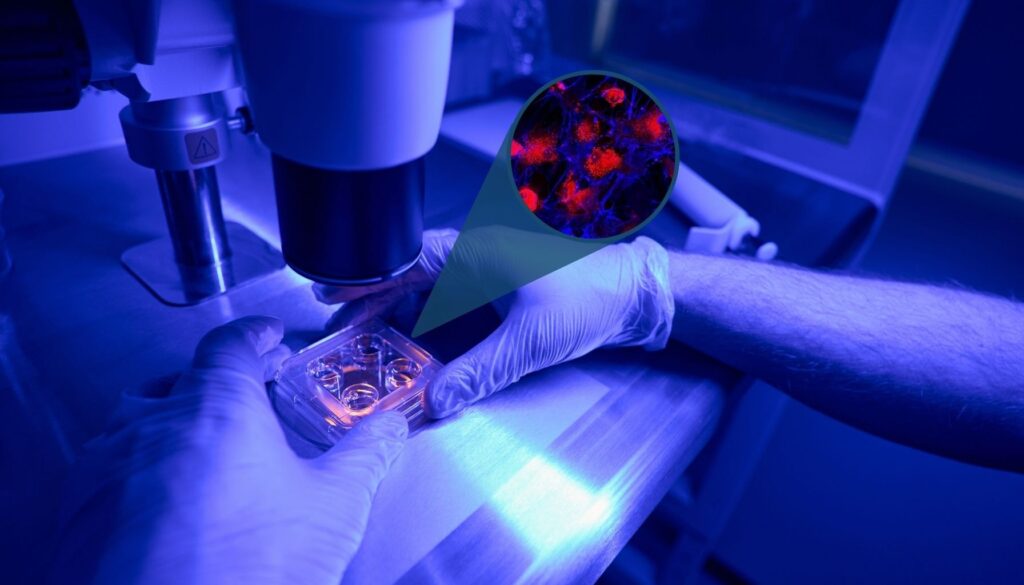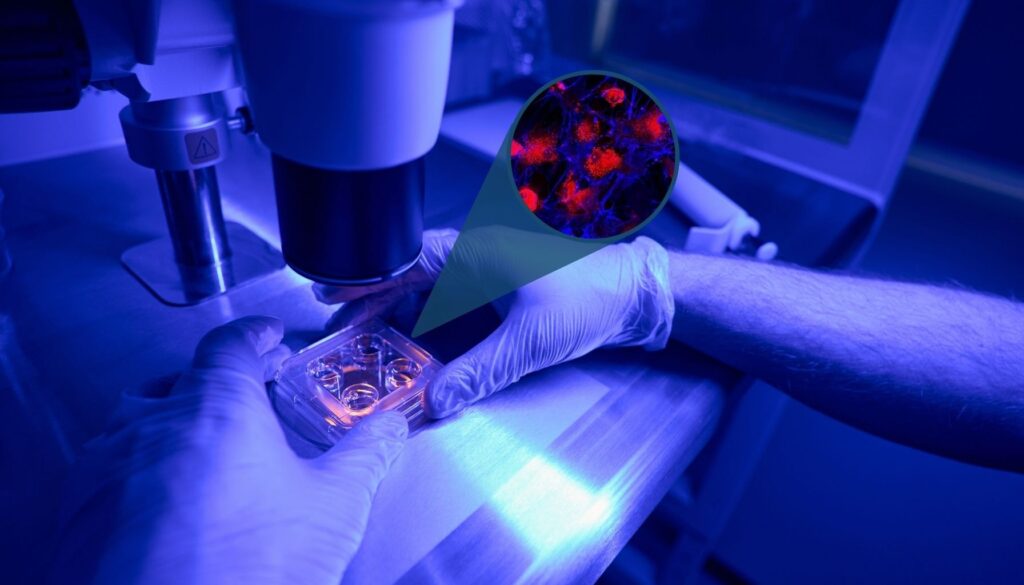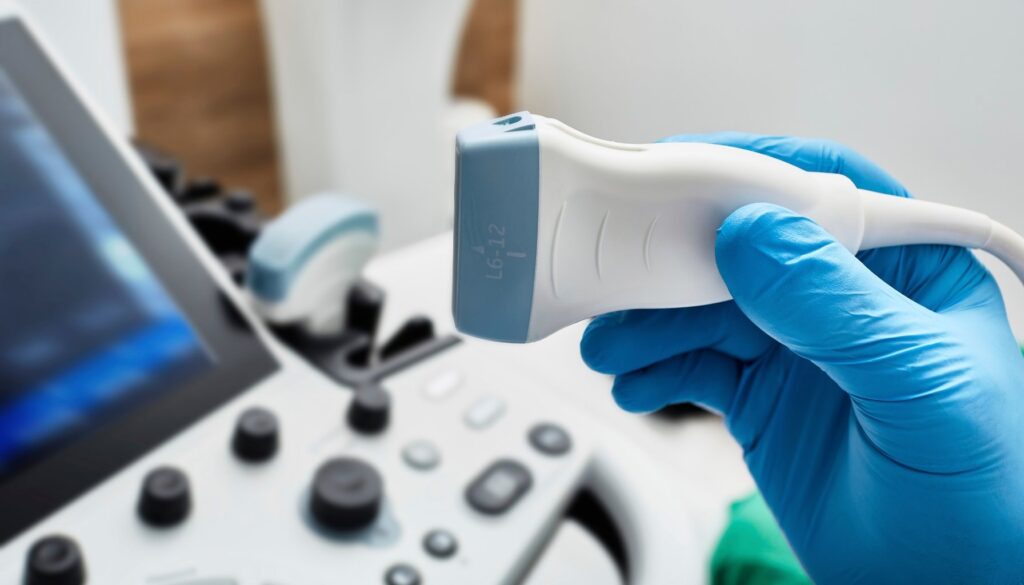
The field of regenerative medicine has rapidly advanced, with stem cells leading the charge in innovative treatment methods. Among the many sources, umbilical cord stem cells have gained particular attention for their unique advantages over traditional sources like bone marrow and adipose tissue. These neonatal cells possess a higher regenerative capacity, making them ideal for treating a wide range of conditions. This blog will explore the science behind umbilical cord stem cells, their benefits, and the potential ethical challenges associated with stem cell therapies. The ethical considerations surrounding human stem cell research, particularly the use of embryonic stem cells, continue to be a topic of significant debate.
What Are Stem Cells and Why Are They Important?
Stem cells are the building blocks of the human body. They have the remarkable ability to differentiate into various specialized cell types, from nerve cells to bone cells, and include categories such as human pluripotent stem cells, which are subject to ethical implications and oversight. There are several categories of stem cells, including:
Human embryonic stem cells:
These are pluripotent cells derived from early-stage human embryos. They have the potential to become any cell type in the body, making them incredibly versatile but also controversial due to ethical concerns.
Adult stem cells:
Found in adult tissues like bone marrow, they are primarily “multipotent”, meaning that they can differentiate into a limited range of cell types related to their tissue of origin.
Induced pluripotent stem cells (iPSCs):
These are adult cells reprogrammed back to a pluripotent state, similar to embryonic stem cells. iPSCs offer promise in regenerative medicine, avoiding some of the ethical issues associated with embryonic sources.
Sources of Stem Cells

Stem cells can be obtained from a variety of sources, each with its unique advantages and potential applications in regenerative medicine. Understanding these sources is crucial for appreciating the versatility and promise of stem cell therapies.
Embryos: Human embryonic stem cells (hESCs) are derived from embryos that are just a few days old. These cells are pluripotent, meaning they have the remarkable ability to differentiate into any cell type in the body. This versatility makes them incredibly valuable for research and potential therapies, although their use is often surrounded by ethical debates due to the involvement of human embryos.
Bone Marrow: Bone marrow is a well-known source of adult stem cells, particularly hematopoietic stem cells (HSCs) and mesenchymal stem cells (MSCs). HSCs are essential for generating new blood cells, making them vital for treating blood-related disorders. MSCs, on the other hand, can differentiate into bone, cartilage, and fat cells, offering potential for a range of regenerative therapies.
Umbilical Cord Blood: Umbilical cord blood is a rich source of hematopoietic stem cells, similar to those found in bone marrow. These cells are particularly valuable for treating blood-related diseases and have the added advantage of being more readily available and less likely to cause immune rejection compared to adult stem cells.
Adult Tissues: Adult stem cells can be found in various tissues throughout the body, including fat tissue, skeletal muscle (bone marrow), and even dental pulp. While these cells are typically multipotent, meaning they can differentiate into a limited range of cell types, they still hold significant potential for regenerative therapies, especially when sourced from the patient’s own body.
Induced Pluripotent Stem Cells (iPSCs): iPSCs are a groundbreaking innovation in stem cell research. These cells are created by reprogramming adult cells, such as skin or blood cells, back into a pluripotent state. This process allows iPSCs to behave similarly to embryonic stem cells without the ethical concerns associated with using human embryos. iPSCs offer immense potential for personalized medicine and disease modeling.
The Unique Advantages of Umbilical Cord Stem Cells
Umbilical cord blood is a rich source of hematopoietic stem cells (HSCs) and mesenchymal stem cells (MSCs), which can differentiate into a variety of tissues. These neonatal stem cells are free from the accumulated genetic damage and environmental toxins that adult stem cells may carry, giving them a regenerative edge.
Purity and Potency
The purity of umbilical cord stem cells makes them an excellent candidate for clinical applications. They retain a high level of pluripotency, allowing them to differentiate into multiple cell types. Their high proliferation rate is a significant advantage for stem cell researchers looking to develop therapies for complex conditions like Parkinson’s disease, spinal cord injuries, and macular degeneration.
Lower Risk of Immune Rejection
One of the significant benefits of umbilical cord-derived MSCs is their reduced risk of immune rejection. These cells exhibit immunomodulatory properties, meaning they can modulate the immune response to minimize the chances of the body attacking them. This makes them ideal for allogeneic stem cell transplants, where the cells come from a donor rather than the patient.
Ethical Considerations in Stem Cell Research
The ethical landscape of stem cell research is complex, particularly when discussing sources like human embryonic stem cells. There are concerns about the use of human embryos and the potential creation of human-animal chimerasfor research purposes. Umbilical cord stem cells, however, are typically viewed as ethically sound because they are harvested from a by-product of childbirth. This offers a middle ground between the potency of embryonic stem cells and the accessibility of adult stem cells.
Addressing Ethical Challenges and Safety Concerns
The International Society for Stem Cell Research emphasizes the importance of informed consent, safety, and transparency in all clinical applications involving stem cells. Clinical translation of new therapies must consider potential risks, ethical concerns, and the need for rigorous oversight to ensure patient safety.
Regenerative Medicine and Stem Cell Therapy
Regenerative medicine is an exciting and rapidly evolving field that aims to repair or replace damaged tissues and organs using advanced technologies, including stem cells. Stem cell therapy, a cornerstone of regenerative medicine, leverages the unique properties of stem cells to restore function and improve health outcomes.
Clinical Applications of Umbilical Cord Stem Cells
1. Treating Blood Disorders
Cord blood has been widely used in treating blood-related diseases such as leukemia and other genetic disorders. The hematopoietic stem cells from cord blood are critical in restoring the body’s ability to produce healthy blood cells after chemotherapy or radiation.
2. Regenerative Therapies for Neurological Conditions
Stem cells derived from the umbilical cord have shown promise in treating spinal cord injuries and neurodegenerative diseases like Parkinson’s disease and amyotrophic lateral sclerosis (ALS). These cells can cross the blood-brain barrier, offering hope for regenerating damaged neural tissues.
3. Cardiovascular Repair
In the realm of cardiac health, umbilical cord MSCs are being studied for their potential in repairing heart tissue damaged by heart disease. These cells can stimulate the growth of new blood vessels, improving circulation and potentially reversing the effects of cardiac injuries.
Stem Cell Therapy for Diabetes? A Promising Frontier
One of the most promising areas of research is the use of stem cell therapy to treat type 1 diabetes. By differentiating umbilical cord stem cells into insulin-producing beta cells, researchers aim to replace the damaged cells responsible for insulin production. This could provide a long-term solution to managing diabetes, reducing the dependence on daily insulin injections.
Stem Cells in Drug Discovery and Disease Modeling
Stem cells play a crucial role in drug discovery and disease modeling. Using pluripotent stem cells, scientists can create disease models in the lab, allowing for the testing of new drugs and therapies. Stem cell lines derived from umbilical cord blood are particularly useful in these studies, offering a pure and stable cell source for understanding complex diseases.
Challenges and Risks in Stem Cell Research

1. Informed Consent and Transparency
Obtaining informed consent is crucial, especially when dealing with ethically sensitive sources like embryonic cells. Patients and donors must be fully aware of the potential risks and benefits of participating in clinical trials involving stem cells.
2. Potential Competing Interests
Financial incentives can sometimes drive stem cell research, leading to competing interests that may not align with patient welfare. It’s vital to ensure that stem cell scientists maintain transparency and prioritize the health and safety of patients over commercial interests.
3. Safety and Efficacy in Clinical Trials
While the rapid pace of stem cell research is exciting, it also raises safety concerns. Rigorous clinical trials are necessary to validate the safety and efficacy of new treatments. This is particularly true for innovative therapies involving stem cells derived from the umbilical cord, which require thorough investigation to ensure long-term benefits.
Comparing Umbilical Cord Stem Cells to Other Sources
Bone Marrow and Adipose Tissue
While bone marrow and adipose tissue are traditional sources of adult stem cells, they have limitations. These cells often carry age-related damage and have a lower differentiation potential compared to umbilical cord-derived cells.
Embryonic Stem Cells and iPSCs
Human embryonic stem cells are celebrated for their high pluripotency but are surrounded by ethical debates. Meanwhile, induced pluripotent stem cells (iPSCs) offer a promising alternative, as they are reprogrammed from adult tissues without using embryos. However, both of these cell types are less readily available than umbilical cord cells, which remain a more accessible and ethically sound option.
Stem Cell Technologies and the Future of Regenerative Medicine

Innovations in stem cell technologies are driving forward the possibilities of regenerative medicine. From advancements in clinical translation to breakthroughs in in vitro fertilization and disease modeling, the use of stem cells from ethically sound sources like the umbilical cord is paving the way for safer, more effective therapies.
Advancements in Clinical Translation
Clinical translation refers to the process of applying laboratory research to real-world clinical applications. For umbilical cord stem cells, this involves a careful balance between scientific innovation and ethical responsibility. Advances in genetic disorders, immune response modulation, and cellular repair continue to push the boundaries of what’s possible.
Development of Medical Devices and New Drugs
Umbilical cord stem cells are not only used in direct therapies but are also contributing to the development of medical devices and new drugs. They play a pivotal role in testing and refining devices that aim to deliver cells and growth factors to damaged tissues, facilitating the body’s natural ability to heal.
Ethical Challenges and Safety Concerns
The ethical landscape of stem cell research continues to evolve. While umbilical cord and pluripotent stem cells offer ethical alternatives to embryonic sources, there are still challenges in ensuring safety, efficacy, and ethical transparency. Issues like the creation of human-animal chimeras for research and the implications of using amniotic fluid and other biological materials need to be carefully navigated.
Conclusion
The future of regenerative medicine is bright, with umbilical cord stem cells leading the way in developing safe, effective, and ethical therapies. From treating life-threatening conditions to pioneering advancements in drug discovery and disease modeling, these neonatal cells are at the forefront of medical innovation. As stem cell researchers continue to unlock the potential of these versatile cells, the promise of regenerative medicine moves closer to reality.
Call to Action

If you’re interested in learning more about cutting-edge stem cell therapies and their potential applications, consult with a regenerative medicine specialist to explore the best options for your needs. Stay informed, ask questions, and ensure you choose treatments backed by solid research and ethical standards.


